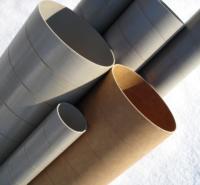 |
Airframes
The
function of a rocket's
airframe may vary by the
design of the rocket,
but the airframe is the
central structural
member of the rocket.
The motor mount and fins
transfer thrust to the
airframe, and everything
else. Rockets can have
multiple airframes or
just one like most
typical rockets. The
airframe is susceptible
to all of the stresses
involved in the entire
flight, |
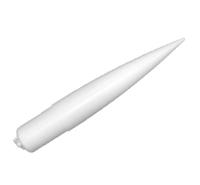 |
Nose Cones
The nose
cone is designed to
minimize the drag
coefficient of the
rocket as its traveling
through the atmosphere.
The nose cone reduces
the friction on the
rocket as it moves
through the atmosphere.
Essentially, it pushes
the air out of the way
so the rest of the
rocket can follow it. |
 |
Fins
The Groove-Lok is the
latest in fin attachment
technology. It epoxies
over a 38mm motor tube
and makes attaching fins
much more efficient.
Made of high-strength
extruded aluminum, it
holds the fins in
perfect alignment. It's
a fin alignment guide
built into the rocket.
The Groove-Lok adds
incredible strength to
your fincan area, with
very little weight gain.
It interlocks all fin
canister components, and
transfers loads. Much
Stronger than a standard
fin layup. |
 |
Recovery
Model and high-power
rockets are designed to
be safely recovered and
flown repeatedly. The
most common recovery
methods are parachute
and streamer. The
parachute is usually
blown out when the
engine's recoil creates
pressure and pops off
the nose cone. The
parachute is attached to
the nose cone, making it
pull the parachute out
and make a soft landing. |
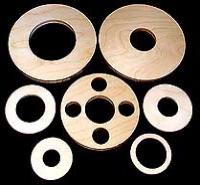 |
Centering Rings & Bulkheads
Centering Rings
are used when you want
to center one tube
inside another -- like
for instance when a
motor tube fits inside
an airframe tube. But
they have other uses
too; they can be used to
center a small tube
inside an avionics bay
to create a
sub-compartment. You can
adhere a centering
inside the airframe,
above the motor tube, to
provide a mounting plate
for an eyebolt (drill a
hole off to the side).
This gives a secure
attachment point for
your recovery hardware
(that is removable if
you use a Quik-Link),
one that still allows
ejection gasses to pass
through for deployment.
Centering rings are used
mainly in airframes, but
you can order them to
fit into couplers as
well. Centering rings
have many uses!
Bulkheads are
used when you need to
close off or seal a
section or compartment.
They are used to seal
the ends of an avionics
bay, for instance, or at
the bottom of a coupler
that divides two parts
of your rocket. You can
get bulkheads to fit an
airframe or a coupler.
Bulkheads come with a
1/4" hole in the center
for an eyebolt and nut. |
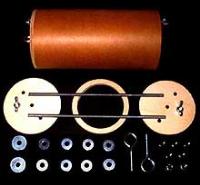 |
Avionics Bays
Avionics Bays hold
computers, altimeter or
timers, isolates
electronics from
corrosive gases and
protects against
mechanical shock. Ideal
for dual - deployment,
RC recovery, video
transmitters, GPS and
tracking beacons. |
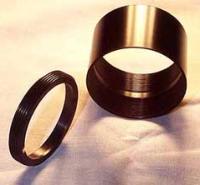 |
Slimline Motor Retainers
& Adapters
Giant Leap Rocketry is
now shipping motor
adapters specifically
designed for the
Slimline retainers. The
Slimline Motor Adapters,
when used with the
SlimLine Retainers,
produce a completely
integrated motor
retention system. |
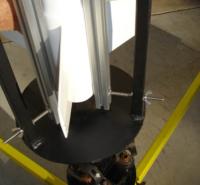 |
Launch Systems
To have a safe, the
rocket must be held in
position before launch
and guided during the
first second of flight
until it is going fast
enough for the fins to
keep it flying in the
proper direction. The
launch system performing
this function should be
designed to aim the
rocket straight up. It
may be adjustable to
that the model can be
aimed to correct for
wind conditions. |
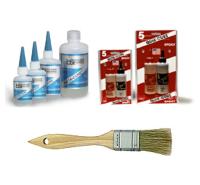 |
Composites
Several types of glues
and adhesives are
commonly used in
the construction of
model rockets; the
proper glue to use
depends on the
application.
Epoxies are recommended
for the advanced
modeler. Epoxy provides
extra strength for the
engine mounts and fins
of high-thrust rocket
kits. It also makes
excellent fin fillets in
one step. |